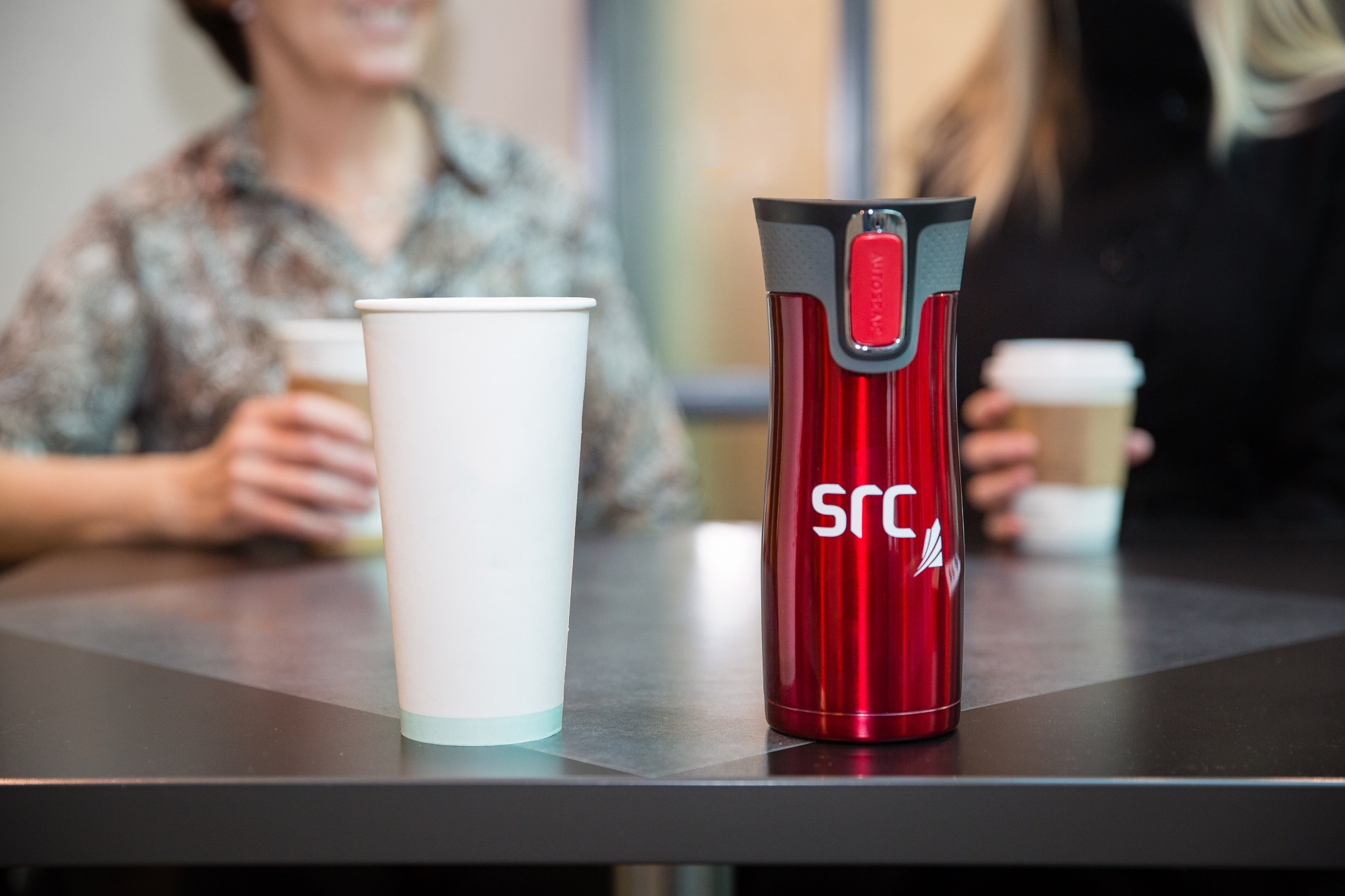
This is a contributed post by former SRC employee, Susan MacWilliam.
One of the questions people often ask themselves is with all of the different products and choices available to us, how can we as consumers make “green” choices based on reliable information?
The best to way to reduce our impacts on the environment is to completely avoid the use of an entire product or service. This means that all of the impacts to air, soil and water from all stages of the product life cycle (raw material acquisition, manufacturing, distribution, use and disposal) are avoided as well.
A good example of this is one we’ve all heard before: carpool, take the bus or bike instead of driving alone. The reason this is heard so often is that this type of change directly eliminates or reduces the amount of fuel needed for travelling. Less fuel being made and used means fewer impacts from all stages of the life cycle. But, what about situations that aren’t so straightforward? How do we factor the environment into everyday decisions about products or services, particularly when avoiding use isn’t feasible?
Applying life cycle thinking
One valuable way to lower our impacts on the environment is to think about the full life cycle impacts of decisions. A compostable cup that degrades once you’re finished with it may seem like a good choice when grabbing a drink on-the-go, but what about another type of disposable cup that could be recycled into a new product, reducing the energy and material needs of making the next cup? In this case, the best choice isn’t straightforward and more information on other parts of the life cycle is needed to make an informed decision.
It’s not always possible or realistic for the average person to research everyday product decisions to this extent, especially on the spot, but that doesn’t mean getting in the habit of applying life cycle thinking isn’t valuable.
changing consumer habits
We’ve seen that it might be difficult to decide on the type of disposal cup, but what about the choice between a disposable and re-useable cup? When grabbing that much-needed morning coffee, it seems like using a re-useable mug is the obvious choice. Studies1 have shown though that in some instances disposable cups are no worse than re-useable cups. This is because the impacts from re-useable mugs are dependent on how often they are washed, how much heat, water and soap are used, the lifespan of the cup and of course the resultant water treatment.
This doesn’t mean that disposal cups are the better option; this means that we have the opportunity to change our consumer habits, in this case washing, to make the re-useable cup the better option.

And speaking about washing habits, should that re-useable mug be washed in a dishwasher or washed by hand? Again, it depends. Typical hand-washing habits tend to use more water and energy than newer dishwashers2, but both can be used in a way that reduces the impact on the environment. For example, let the dishes air dry by opening the dishwasher instead of running the dry cycle and turn down the temperature of the household water heater.
As consumers, we have the opportunity to use products and services in a way that promotes improved environmental performance. When it comes to reducing our impacts on the environment, one of the best ways to make meaningful change is to think critically about the entire life cycle of the product, as well as how alternative products will compare across that life cycle.
Most importantly, use products for as long as possible, repurpose items where possible and remember that several small changes can add up to a meaningful impact.
Learn more about our Carbon Accounting, Life Cycle Assessments and Environmental Impact Management services.
References
1. Potting, J, and van der Harst, E. (2015) Facility arrangements and the environmental performance of disposable and reusable cups. Int J Life Cycle Assess 20:1143-1154
2. Stamminger, R., Rummler, B., Elschenbroich, A. and Broil, G. (2007) Dishwashing Under Various Consumer-relevant Conditions. University of Bonn, Institut fur Landtechnik, Household and Appliance Technology Section.
